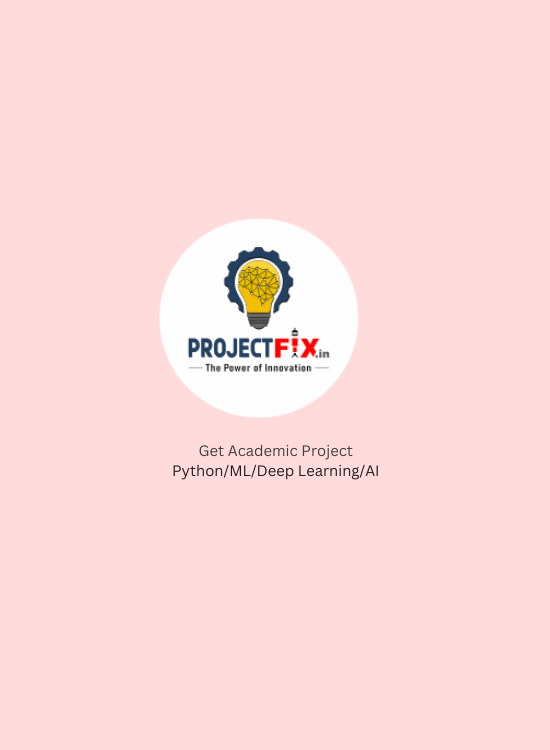Maximizing Efficiency: A Deep Dive into Cloud Optimization Techniques
Maximizing efficiency in cloud computing involves employing various optimization techniques to enhance performance, cost-effectiveness, and resource utilization. One fundamental approach is rightsizing, where cloud resources are adjusted to match workload requirements precisely. This prevents over-provisioning, reducing unnecessary expenses while ensuring optimal performance.
Data lifecycle management optimizes storage and processing costs by aligning data access and retention policies with business needs. Implementing tiered storage and data caching strategies optimizes performance and reduces expenses associated with long-term data storage.
Overview
Maximizing efficiency in cloud computing involves employing various optimization techniques to enhance performance, cost-effectiveness, and resource utilization. One fundamental approach is rightsizing, where cloud resources are adjusted to match workload requirements precisely. This prevents over-provisioning, reducing unnecessary expenses while ensuring optimal performance.
Auto-scaling is another critical strategy, dynamically adjusting resource allocation based on real-time demand. This elasticity allows applications to handle varying workloads efficiently without manual intervention, optimizing both performance and cost.
Utilization monitoring and analysis play pivotal roles in identifying underutilized resources or inefficient processes. By leveraging monitoring tools and analytics, organizations gain insights into resource consumption patterns, enabling informed decisions to optimize configurations and eliminate bottlenecks.
Containerization and serverless computing offer innovative ways to enhance efficiency. Containers streamline application deployment and management, promoting consistency across different environments and minimizing resource overhead. Serverless architectures further optimize resource utilization by abstracting infrastructure management, scaling resources precisely to match workload demands, and charging only for actual usage.
Data lifecycle management ensures that data storage and processing align with business needs and regulatory requirements. Implementing tiered storage solutions and data caching strategies optimizes access times and reduces costs associated with long-term data storage.
Moreover, cost management tools and billing optimization strategies help monitor cloud spending, identify cost drivers, and implement budget controls effectively.
In conclusion, achieving optimal efficiency in cloud environments necessitates a holistic approach encompassing rightsizing, auto-scaling, utilization monitoring, containerization, serverless computing, data lifecycle management, and rigorous cost management. By continuously refining these techniques based on performance metrics and business objectives, organizations can maximize the value derived from cloud investments while ensuring sustainable scalability and cost-effectiveness.


